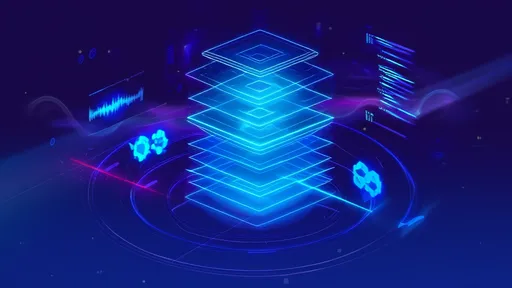The evolution of Infrastructure as Code (IaC) tools has been nothing short of transformative for modern IT operations. From rudimentary scripting to sophisticated declarative frameworks, the maturity of these tools reflects the broader shift toward automation, scalability, and reliability in infrastructure management. As organizations increasingly adopt cloud-native architectures, the demand for robust IaC solutions has surged, leading to a competitive landscape where tools are continually refined to meet complex enterprise needs.
The early days of IaC were marked by bespoke scripts and manual processes, often leading to inconsistencies and operational overhead. Engineers relied heavily on shell scripts or custom automation to provision servers, configure networks, and deploy applications. While these methods provided a degree of automation, they lacked standardization and were prone to errors. The introduction of tools like Chef and Puppet brought a more structured approach, enabling configuration management through code. However, these tools still required significant expertise and were often limited to specific environments.
The rise of cloud computing acted as a catalyst for IaC maturity, as dynamic scaling and ephemeral infrastructure became the norm. Terraform emerged as a game-changer with its declarative syntax and multi-cloud support, allowing teams to define infrastructure in a reusable and version-controlled manner. Unlike earlier tools, Terraform’s state management and dependency resolution addressed critical pain points, making it a favorite among DevOps practitioners. Simultaneously, AWS CloudFormation and Azure Resource Manager offered native alternatives, though with less flexibility compared to third-party solutions.
As IaC adoption grew, so did the need for collaboration and governance. Teams realized that simply writing infrastructure code wasn’t enough—it had to be secure, maintainable, and scalable. This led to the development of practices like policy-as-code, where tools such as Open Policy Agent (OPA) and HashiCorp Sentinel enforced compliance rules directly within IaC pipelines. Version control systems like Git became integral, enabling peer reviews, rollbacks, and audit trails. The maturation of CI/CD pipelines further streamlined IaC workflows, ensuring that infrastructure changes were tested and deployed with the same rigor as application code.
Today, the IaC landscape is characterized by a blend of specialization and integration. Tools like Pulumi have pushed boundaries by allowing infrastructure to be defined in general-purpose programming languages, appealing to developers who prefer Python or TypeScript over domain-specific languages. Meanwhile, Kubernetes-centric tools like Crossplane extend IaC principles to container orchestration, bridging the gap between infrastructure and application management. The focus has shifted from mere provisioning to holistic lifecycle management, with observability and drift detection becoming key features.
Looking ahead, the next phase of IaC maturity will likely revolve around intelligence and adaptability. Machine learning could play a role in optimizing resource allocation or predicting failures based on historical patterns. Tools may also incorporate more context-aware capabilities, such as auto-remediation of configuration drift or dynamic scaling based on real-time metrics. As the line between infrastructure and applications continues to blur, IaC will remain a cornerstone of agile, resilient IT ecosystems—evolving not just as a toolset, but as a fundamental practice for modern engineering teams.

By /Jul 11, 2025

By /Jul 11, 2025

By /Jul 11, 2025

By /Jul 11, 2025

By /Jul 11, 2025

By /Jul 11, 2025

By /Jul 11, 2025

By /Jul 11, 2025

By /Jul 11, 2025

By /Jul 11, 2025

By /Jul 11, 2025

By /Jul 11, 2025

By /Jul 11, 2025

By /Jul 11, 2025

By /Jul 11, 2025

By /Jul 11, 2025

By /Jul 11, 2025

By /Jul 11, 2025